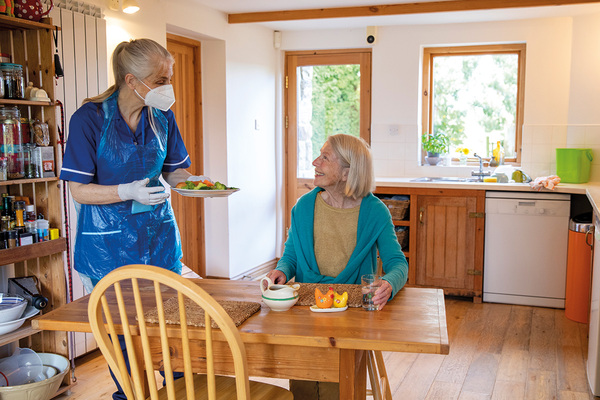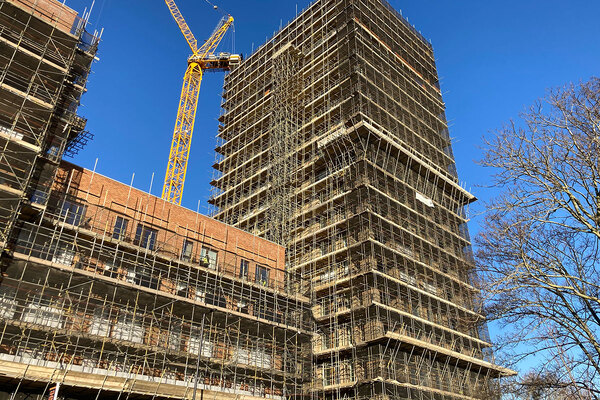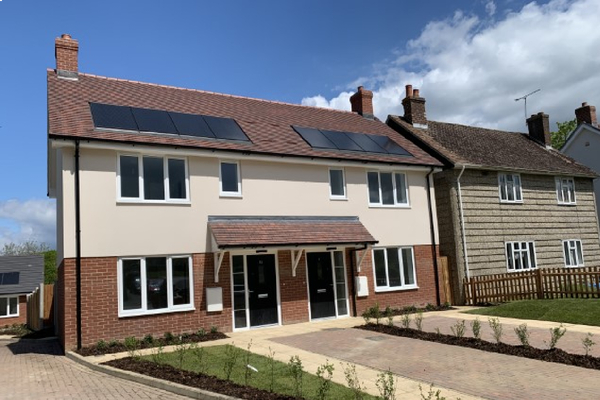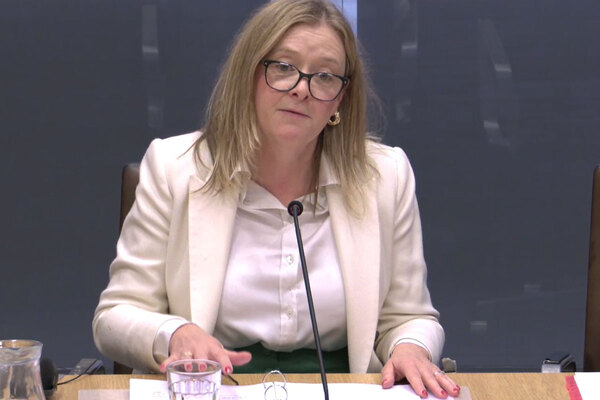You are viewing 1 of your 1 free articles
Housing is a cause of the NHS crisis – it could be part of the cure
Housing for older people should be a crucial element of this country’s healthcare ecosystem, writes Stephen Sorrell, social partnership director at Preferred Homes
The report on the NHS published this month painted a stark picture: system inefficiency; a deflated workforce; a national institution that was envied the world over, now on life support.
Social care was beyond Lord Darzi’s scope, but he highlighted how its under-resourcing is putting pressure on our health service. This is obvious and well evidenced, but also a political nettle that successive governments have failed to grasp.
A more overlooked cause of the health crisis is housing, particularly for older people. Homes that promote accessibility and autonomy improve well-being. Those which are not suitable diminish independence, increase care requirements and have a major impact on health needs.
There is an enduring stigma about retirement housing in our country. It is often seen as a last resort. A lazy diagnosis of this attitude might put it down to a sense of pride – ‘an Englishman’s home is his castle’ and so on.
I would argue that the desire to stay in one’s own home is mainly driven by the lack of appealing and affordable alternatives, especially in the rental system. The National Housing Federation estimates we need 38,000 new rental homes for older people every year and a big proportion should be social homes or extra care housing.
Despite this, many larger registered providers are slowing delivery down to refocus on core services because of building safety and sustainability challenges. This, combined with an ageing population, mean the shortfall of affordable later-living housing is getting even worse.
“Like much of the UK’s housing stock, many older people’s homes are outdated and in some cases no longer fit for purpose. At best, this means people aren’t receiving the high-quality care they deserve. At worst, this can directly cause acute physical and mental health problems”
The result is that people are less inclined to make a pre-emptive move. When they fall ill, the most likely destination is the nearest A&E rather than a more specialised facility. Lord Darzi highlighted that around 13% of NHS beds are occupied by people who should be in more-appropriate care settings. This is creating a major backlog and inefficiency.
It’s not just the quantity of later-living housing that is concerning, but also the quality. Like much of the UK’s housing stock, many older people’s homes are outdated and in some cases no longer fit for purpose. At best, this means people aren’t receiving the high-quality care they deserve. At worst, this can directly cause acute physical and mental health problems. Put plainly, poor housing is a killer.
Questions are being asked about the availability of capital investment in the health service. This will come into sharper focus at the upcoming Budget and when a new 10-year NHS strategy is published next year.
In the meantime, there are no shortage of big numbers for the Department of Health and Social Care to mull over. Last month, care sector leaders called for an extra £8.6bn annually – largely to address staff shortages.
More money is needed, but there are also cost-neutral reforms that could improve productivity.
The dominance of the domiciliary care model in the UK means support workers spend much of their day inefficiently travelling from home to home. Local authorities, which are responsible for care costs, end up paying more. Plus swathes of the housing market are paralysed and larger family homes are underoccupied.
Affordable extra care housing which brings residents under one roof while allowing them to retain their independence can provide a much more effective and efficient way of meeting care needs. Estimates show that a single 80-unit development across a typical 25-year nominations term can save around £20m for housing, care and NHS services.
Homeownership has been a continual focus of government policy for nearly half a century. One unintended consequence of this is the unaffordability of retirement housing today.
Recent generations of older people have generally been able to unlock capital from assets, using this to top up pensions and cover care costs.
“For the later-living market, we need investment in appropriate and future-proofed homes that people of all financial means can access”
This is no longer a sustainable model. Many people aren’t getting on the housing ladder until middle-age, and a growing proportion of younger people are likely to rent for the rest of their lives. Those who can’t access significant capital during retirement (eg by selling a home) can end up effectively locked out of specialist accommodation.
Like everyone else, institutional funds have noticed this huge undersupply of affordable rented retirement housing – especially as traditional registered providers withdraw from this part of the market. At Preferred Homes, we’ve secured support from investors and Homes England to bring forward eight extra care housing schemes, and with further backing, we aim to quickly scale up to 50 developments over the coming years.
To this end, the government’s aim to liberalise planning and take a more interventionist approach to land assembly are welcome. However, there remains a blind spot around what kinds of homes are needed. We lack local authority targets for extra care housing and need to create incentives through tax breaks for the financing of affordable retirement homes.
As Lord Darzi wrote, many of the social determinants of health – including housing – have moved in the wrong direction. For the later-living market, we need investment in appropriate and future-proofed homes that people of all financial means can access.
The health secretary agrees that a community-focused health model is needed, as is a shift in emphasis from treating sickness to preventing it. Supporting affordable extra care housing would do both. Let’s make it part of the treatment plan for our ailing health service.
Stephen Sorrell, social partnership director, Preferred Homes
Sign up for our care and support bulletin
Already have an account? Click here to manage your newsletters













